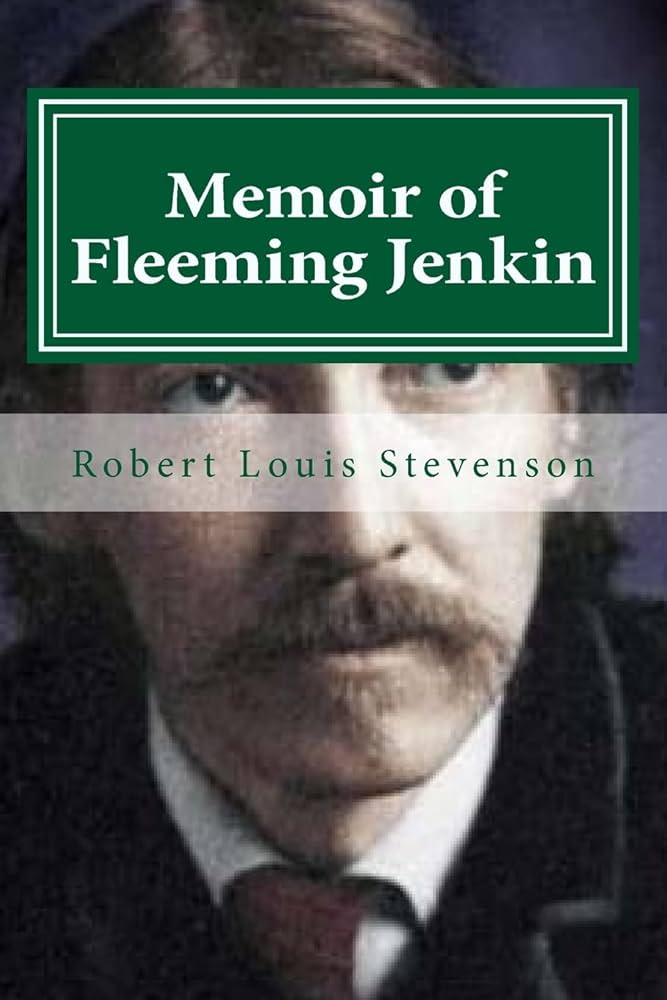Chapter I — The memoir of Fleeming Jenkin
byChapter I — The memoir of Fleeming Jenkin opens with a personal recollection by Sir William Thomson, who later became Lord Kelvin, describing his first encounter with Jenkin in 1859. Jenkin was introduced to Thomson through Lewis Gordon, already active in the emerging field of submarine telegraphy. At the time, Thomson was deeply engaged in testing undersea cables, and Jenkin had been recommended to observe the process due to his technical aptitude. Their meeting led to a professional relationship rooted in mutual respect for precision and a shared interest in improving long-distance electrical communication.
Jenkin impressed Thomson with his detailed attention and analytical approach, characteristics that would define his career. Their early conversations, initially focused on cable conductivity and insulation, soon evolved into broader discussions about physics and engineering theory. This intellectual partnership extended beyond casual exchange, becoming a consistent and thoughtful correspondence. Their collaboration reflected a deeper purpose: understanding how to measure and manage signal strength through long submarine cables effectively. Together, they explored the variables that influenced electrical resistance and signal delay, setting the stage for standardized approaches in cable telegraphy.
A notable contribution by Jenkin involved the application of absolute measurement systems to the analysis of electrical components. He adopted practices developed by German scientists like Gauss and Weber, who had pioneered rigorous quantitative methods. Jenkin applied these principles specifically to submarine cables, ensuring that every material was tested with scientific accuracy. His ability to merge empirical data with theoretical knowledge helped stabilize and improve the quality of transoceanic communication. These efforts advanced not only the cable industry but also the broader field of electrical measurement. In doing so, he helped shift engineering from a craft-based discipline to a science grounded in repeatable precision.
Among his most recognized achievements was his study of cable insulation, particularly focusing on gutta-percha, the standard insulating material of the time. Jenkin documented its resistive qualities with meticulous care, producing the first known data on its electrical properties. This information proved crucial for optimizing the materials used in undersea cabling. His findings were published in respected reference works, including the Encyclopaedia Britannica, highlighting both their importance and his growing authority in the field. Engineers relied on this data when constructing more efficient and reliable cable systems. It marked a turning point in applying material science to electrical infrastructure.
Thomson also referenced Jenkin’s published paper in the Transactions of the Royal Society, which detailed experiments on signal behavior within submarine lines. This research examined how electrical pulses weakened or changed as they traveled through extended lengths of insulated wire. Although the second portion of that study, which was expected to explore electrostatic effects in more detail, was never released, the initial findings still had significant influence. They touched on the specific inductive capacity of insulating materials, a subject that would gain importance as the electrical sciences matured. These early insights foreshadowed more advanced theories in dielectric behavior and telecommunication design.
Jenkin’s work continued to inspire developments in standardized electrical measurement, which would eventually be codified at an international level. His approach laid the foundation for consistency in testing and benchmarking electrical systems, ensuring engineers around the world could communicate and compare results. By the time of the Electrical Congress held in Paris in the 1880s, many of the techniques he had promoted had become universally accepted. His influence extended well beyond the laboratories where he worked. It shaped policy, education, and industry standards across continents. In many ways, Jenkin helped write the rulebook for modern electrical engineering.
His story, as recalled in this chapter, is not only one of invention but of discipline and foresight. Jenkin’s methodical pursuit of exact measurement brought order to a chaotic field still in its infancy. He showed that understanding the invisible forces behind electrical transmission required both creativity and rigor. His collaboration with Thomson and others underscored the power of shared inquiry. Through their combined efforts, the world moved closer to dependable, long-distance communication. And in that progress, Jenkin’s legacy continues to resonate in every cable laid and every signal transmitted.


